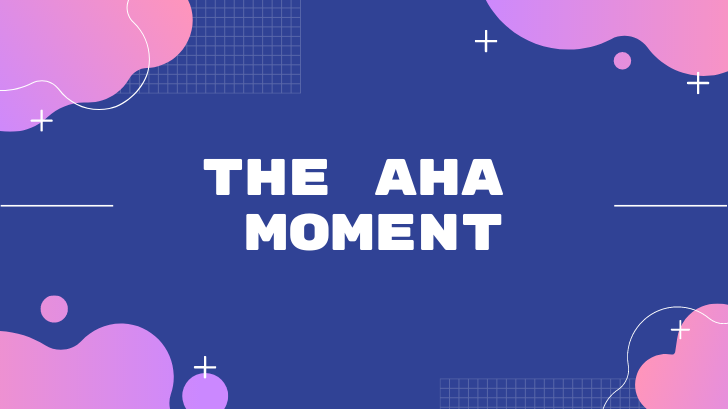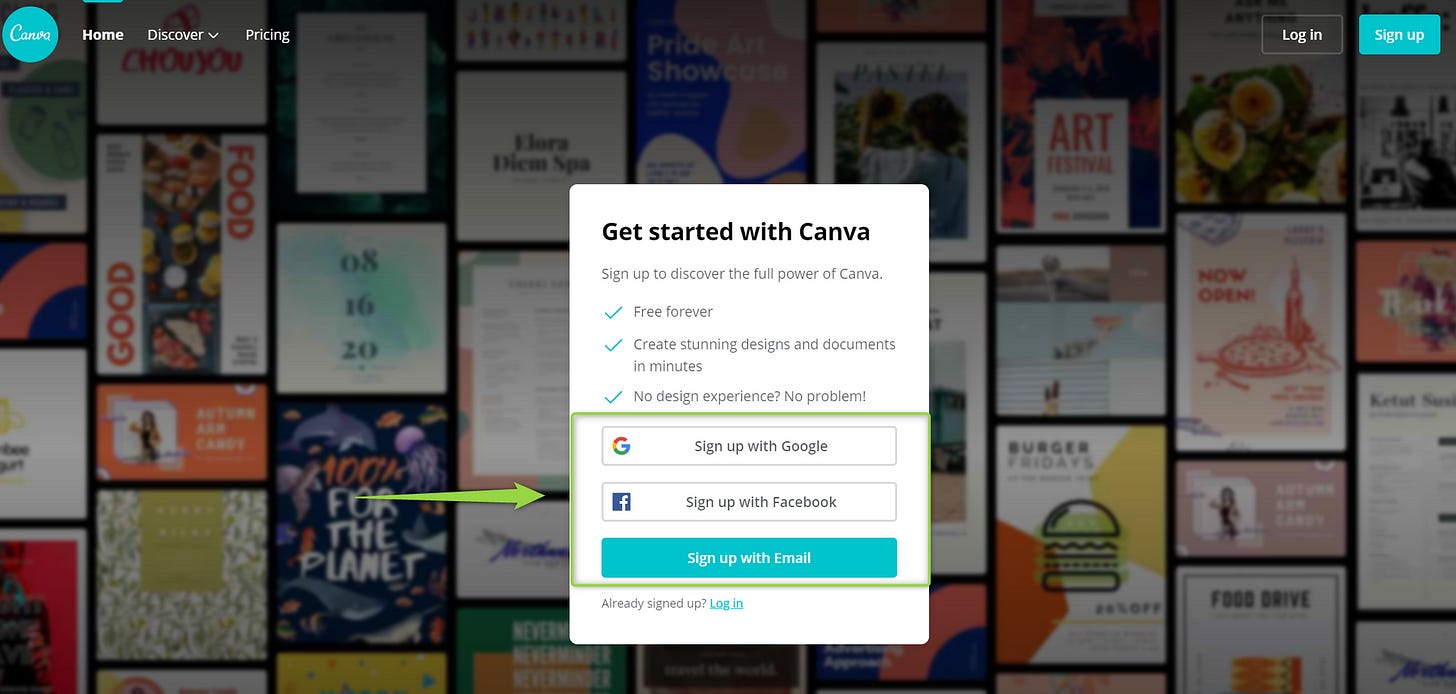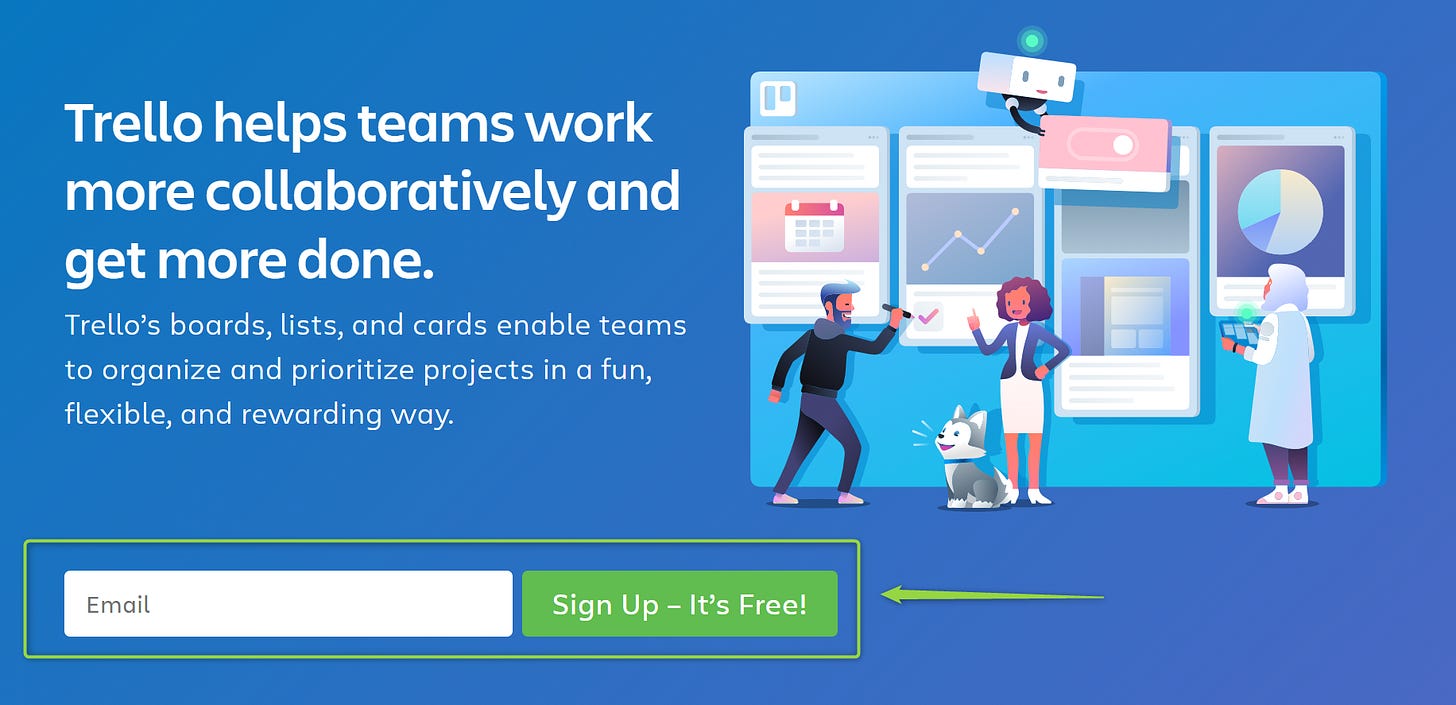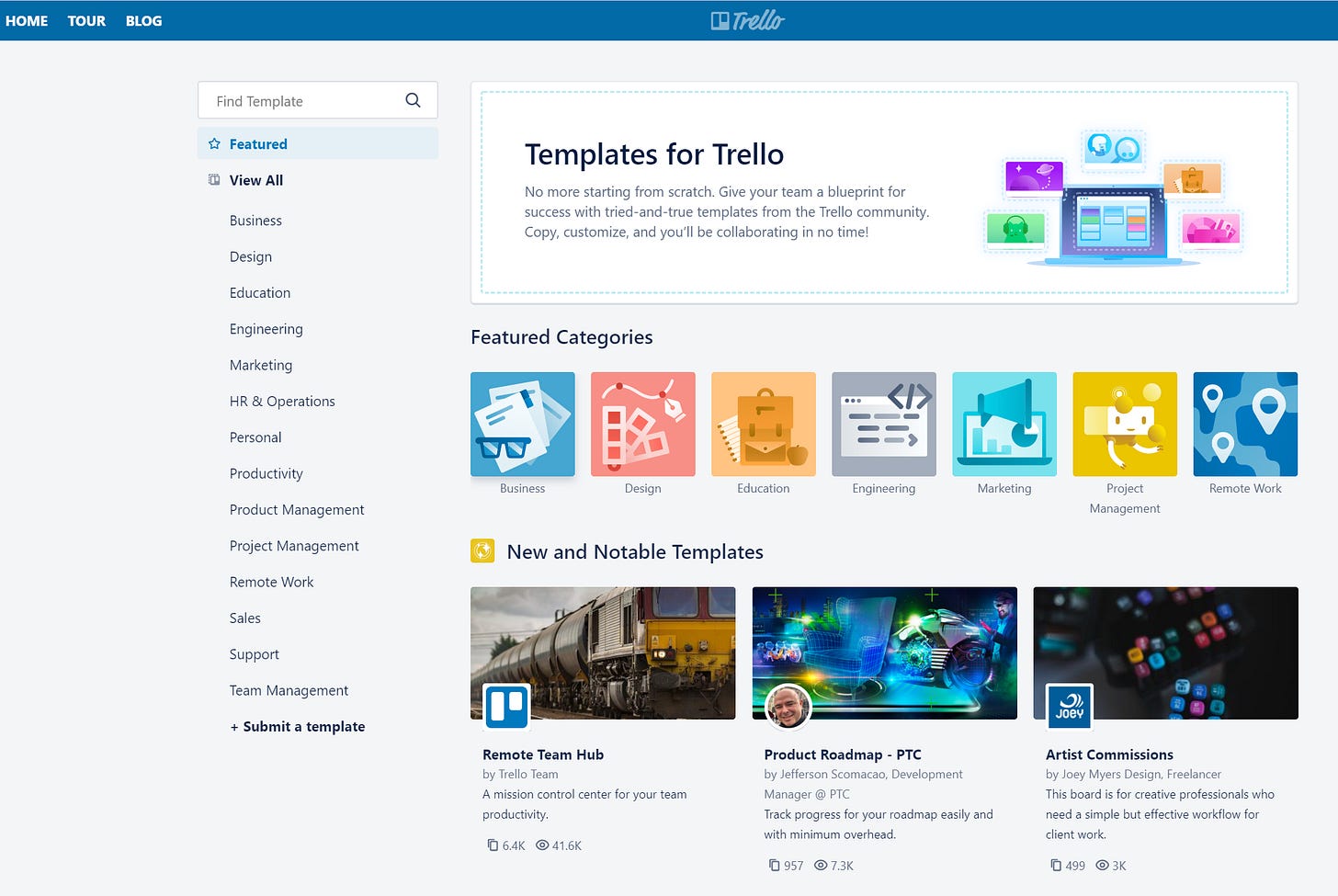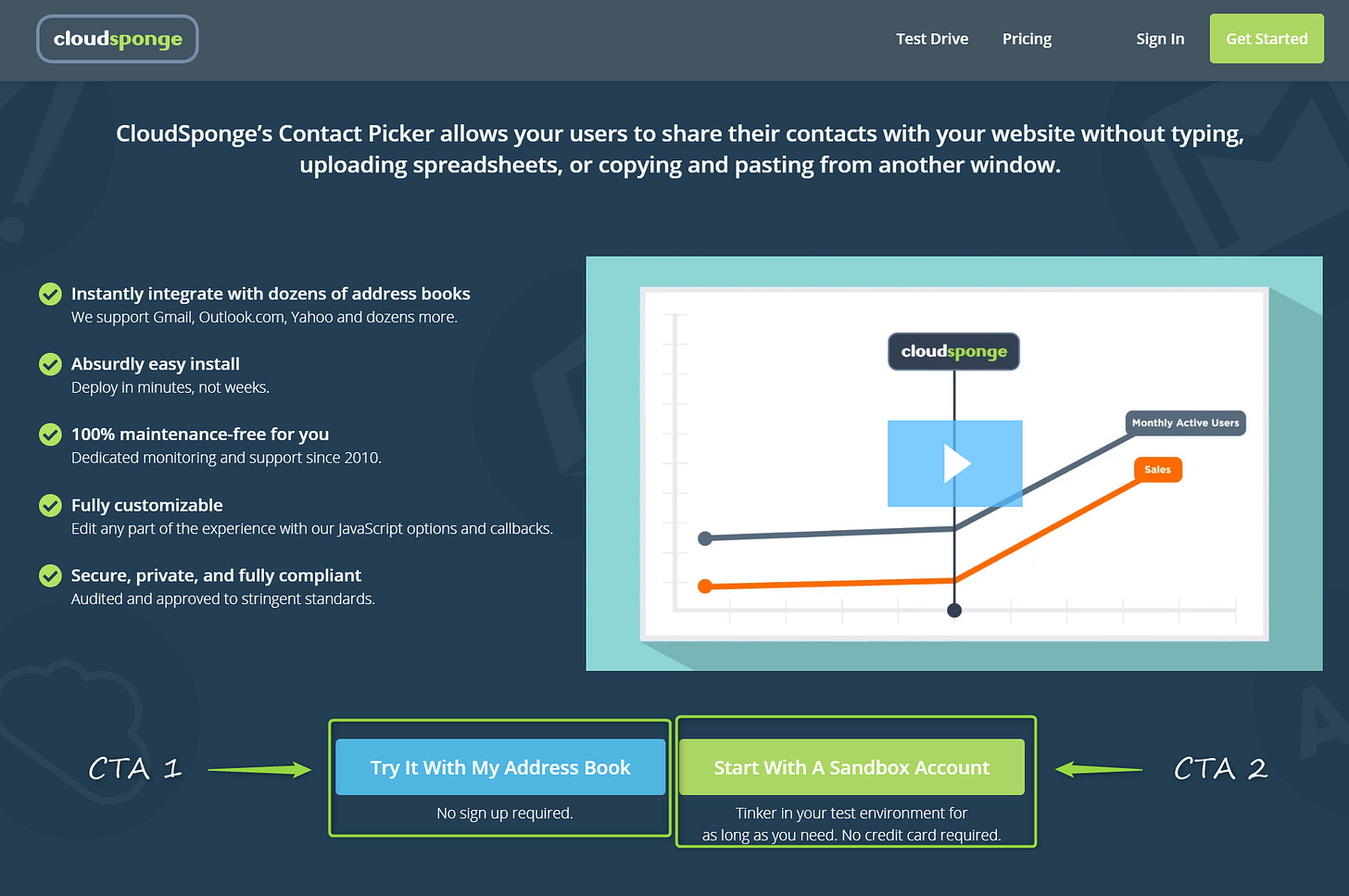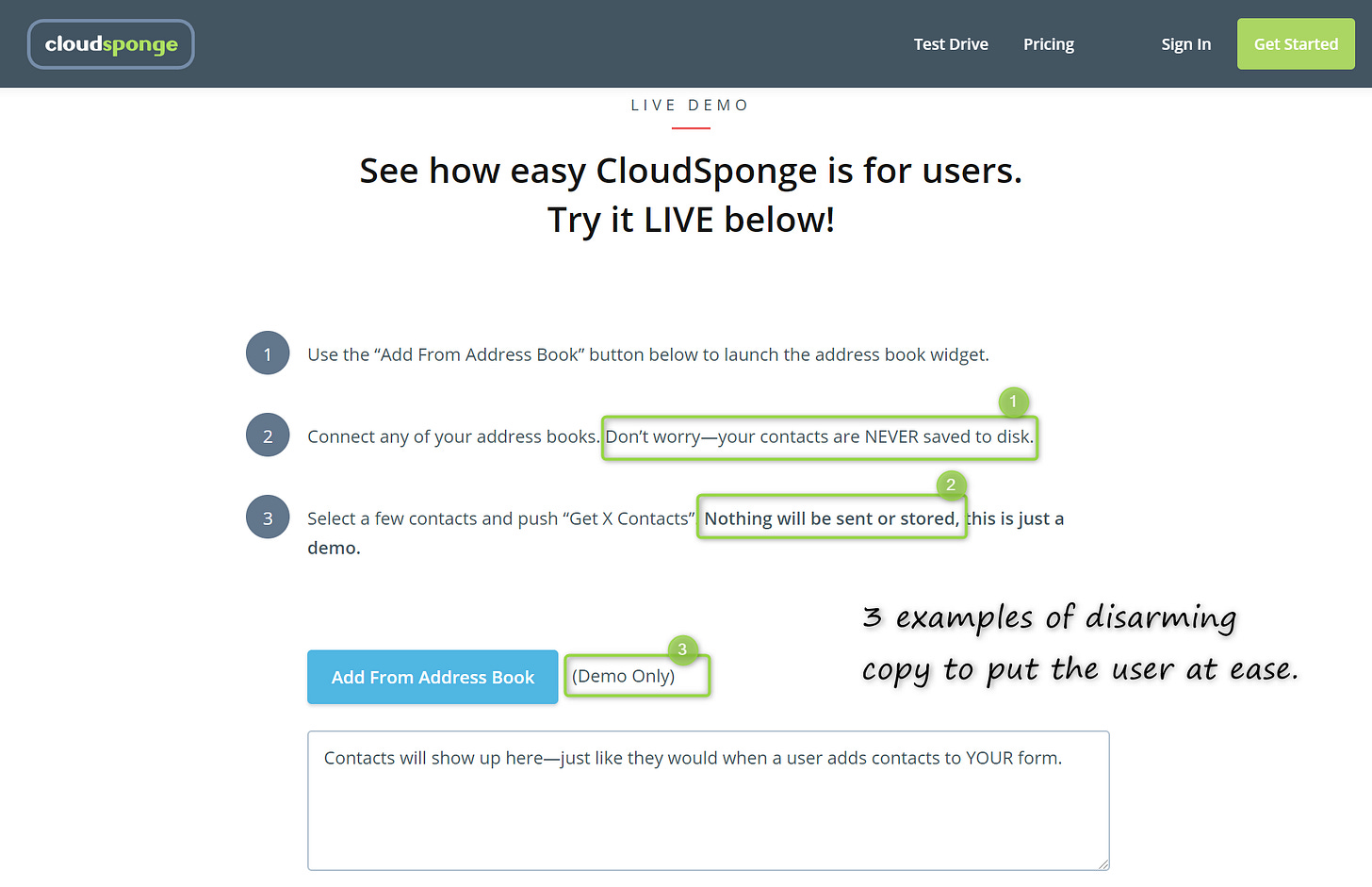We all know onboarding, but what is pre-boarding?
Only the top 1% of SaaS products are doing it right.
An aha moment is quite literally when a user says “aha” to themselves on the discovery of a moment of value while using a product or service.
So how do aha moments translate into actual actions?
For example,
When you've sent 2,000 messages on Slack, you're 93% more likely to stay
When a Pinterest user saves pins for 4 weeks after signing up, they’ve been activated
When a Facebook user adds more than 7 to 10 friends, their usage will only go up
Now, when you’re using Slack, you don’t care about how many messages you’ve sent or how many friends you’ve added on Facebook.
For the customer, the ‘aha’ moment is more emotional or a moment of true value—it’s an experience.
The earlier customers experience an aha moment, it leads to a chain reaction;
Driving these actions in your onboarding journey leads to early activation
Early activation leads to faster time-to-value
The faster people see the value, the sooner they enter your growth flywheel
So, what is pre-boarding?
Pre-boarding is when your customer has already experienced aha moment(s) even before they go through your onboarding journey. Almost as if, they already knew how to get value from your product.
But, why is pre-boarding important?
Short answer: Churn.
Pre-90 churn (customers canceling or abandoning your product before the first 90 days) is a massive problem for SaaS products (more so for low-ticket products sold to SMBs). With pre-boarding, you’re able to prevent or reduce pre-90 churn.
Typically, companies focus on activation milestones only after a user signups for a trial or a free version of the product.
For example, Canva might want you to create your first image and download it as soon as you sign up. The sooner you do that, the stickier you’re going to be.
But, let’s flip that. Wouldn’t you love to create your first image on Canva even before you sign up? However, as you can see, Canva is purely intent on getting you to sign up.
If you deliver your aha moment before sign up, it can:
1. Help increase the quality of your conversions; trial --> activation --> monetization
2. Increase the likelihood of feature discovery; “Oh, I didn’t know, you could do that.”
3. Convert people who’re wary of giving up their email just to trial software
Suddenly, your customers can now experience outcomes through your product, even before day zero— outcomes they would otherwise experience only on the 7th day or 10th day.
Trello does this well. But, not completely intentionally.
Case 1: Trello
The primary call to action is still for you to sign up, but not experience the product first.
However, when you scroll down the page and click on “templates”, you land on a beautifully sorted library of crowd-sourced Trello boards, most of them publicly available.
The idea is to give you a starting point, rather than have you start from scratch.
There are your first ‘aha’ moment/s. You look around. Get the feel for the software. Discover tiny quirks and capabilities. And, when you’re ready, you’ll start somewhere.
Trello is also lucky in how people use it. Most publicly available roadmaps are built on Trello.
For example, this is Buffer’s product roadmap.
Let’s say I’m a Buffer customer and I have an enhancement suggestion. Even if I’ve not heard of Trello,
I end up Discovering Trello
I have to use Trello’s features to post my enhancement (I’m going through my ‘aha’ moment, without realizing it)
I have to sign-up to Trello to post my suggestion
This is the very definition of a "Viral Loop."
Another company that’s doing pre-boarding admirably is CloudSponge.
Case 2: CloudSponge
CloudSponge enables users to import their contact book when they want to share something.
For example, you might have just read a great version of The Morning Brew, and want to forward it to a few of your contacts (This is how I discovered Cloud Sponge). Instead of manually adding these contacts, you can use Cloud Sponge’s contact picker to multi-select contacts and do this in a cinch.
Cloud Sponge understands that it operates in a space where users are touchy about sharing contacts and have privacy concerns.
So, instead of pushing people to sign up, it has two distinct CTAs that help deliver the aha moment before they sign up.
On clicking CTA 1; "Try it With My Address Book" you land on a ‘live demo’ as the page suggests. Here, you go through the same experience your customer would have if you ended up buying CloudSponge. And, you experiencing it, without even signing up.
Second, it understands that its success also lies in the hands of engineers. So, it provides a sandbox option to safely try the product, and win over its adopters. Callout to how clearly the step-wise process is outlined; gives a clear indication of the effort required from an engineering perspective.
If I’m a marketer who’s evaluating Cloud Sponge, I care about the customer experience. Now, I understand; how it works.
Since technical integration is necessary, the sandbox option wins over the engineers.
True pre-boarding win.
How can you strengthen your pre-boarding experience?
Believe your product is good enough. Tell your story through your product.
1. Start small. Start with making sure to have product screens on your website and you explain value and outcomes through them.
Example: Be meta. Freshworks uses its own bot to promote its bot offering. (Disclosure: I was involved in designing this.)
2. Even if you cannot open up your product, see if you can have publicly available demo instances for customers to poke around and experience aha moments.
Example: Host a treasure hunt within your product. Bury information deep into your product and giveaway gifts for people who find that information.
3. Rethink your CTAs
Example: CloudSponge, above is a great example. A sign up can continue to be your primary call to action—have a secondary call to action that drives people towards experiencing your product's aha moment.
Switching to product-led is a big step because, in the short-term, you'll possibly see;
1. Fewer signups
2. Inability to track all user actions and tie them back to a specific user or account
3. Slew of bugs and product suggestions reported by users
But, in the long-term, your payoff will come in the form of results that actually matter,
Reduced churn (especially pre-90 churn)
You'll see significantly higher conversions, whether it's trial —> paid or free —> paid.
The more open the product becomes, the more invested your users are. It's way easier to do drive adoption and advocacy in a community-led model.
You won't need to invest heavily to hire sales or sales support resources.
Rabbit Hole:
Watch Tim Soulo talk about SaaS Onboarding at Ahrefs. He calls the concept of delivering the aha moment before sign-up as "pre-boarding."
Why Email Registration is Dead. How Removing it Improved Retention by a Surprising 4.5%


